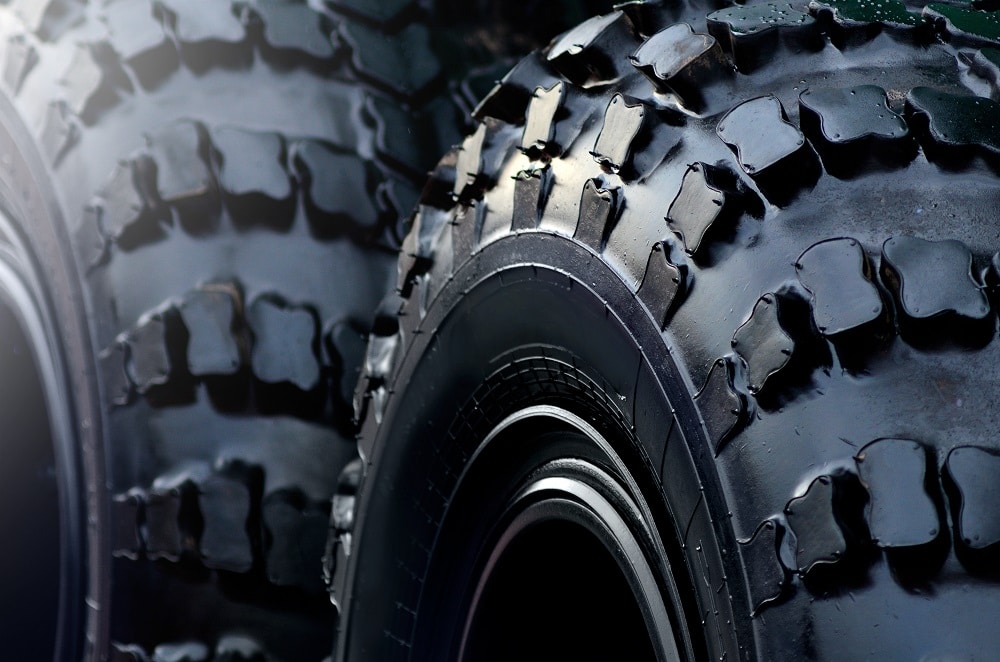Beginner’s Guide To Agriculture Tires: Making Sense Of Sidewall Markings
January 21, 2022
Tires

Farmers feed cities, so there’s a lot riding on your agriculture tires. With so much at stake, it’s critical that you choose the right tire size, tread, load index, and speed rating for the job.
For the first time purchaser of agriculture tires, there’s a lot to consider, but don’t worry, just about everything you need to know is listed right on the sidewall. Reading the sidewall may seem daunting at first, but, your local TIRECRAFT can help.
Read on, to learn how to make sense of agriculture tire sidewall markings, or get in touch with your local TIRECRAFT to start a free consultation.
Choose The Right Agriculture Tires: Every Sidewall Tells A Story
1. How To Choose The Right Agriculture Tire Size For Your Vehicle
Suppose your agriculture tire reads 320/65R15.
The first number tells us the nominal section width in millimeters, which is the measurement from one sidewall to another. In this case, we’re dealing with a tire that’s 320 millimeters wide.
The second number is known as the aspect ratio, which is calculated by dividing the tire’s height off the rim by its width. The aspect ratio is delivered as a percentage, so in this case, the agriculture tire’s height is 65% of its width.
The letter tells us whether you’re looking at radial or bias agriculture tires. Bias tires have multiple, overlapping rubber piles, while radials allow the sidewall and tread to function independently. Bias agriculture tires tend to provide better puncture resistance, whereas radials offer better traction. In this case, we’re dealing with radial agriculture tires.
Finally, the 15 tells us the rim diameter, measured in inches. In this case, the agriculture tire would fit a rim with a 15-inch diameter.
If you need help determining what agriculture tire size is best for the job and your equipment, get in touch with your local TIRECRAFT for a free consultation and quote.
2. How To Choose The Right Agriculture Load Index Number And Speed Rating
The load index, which is a measure of the agricultural tire’s load carrying capacity at maximum air pressure and speed, can be found in the form of a two or three-digit code on the tire sidewall. Load index values range from 50 to 209.
Load index ratings go hand-in-hand with the speed rating, which tell us the maximum speed at which the tire can travel. A-rated tires are meant for slower speeds, whereas G-rated tires can go faster.
3. How To Make Sense Of The Agriculture Tire Date Code
Date codes tell drivers when the tire was manufactured, right down to the week. The first two numbers indicate the week (e.g., 02 means they were made in the second week of January), while the second two numbers tell us the year (e.g., 19 means they were made in 2019).
Start A Free Agriculture Tire Consultation At Your Local TIRECRAFT
To get more help choosing the best farm or agriculture tires for your needs, get in touch with your local TIRECRAFT. A certified agriculture tire specialist will help you navigate our comprehensive catalog and create a shortlist based on your unique vehicle type and daily duties.
Back

